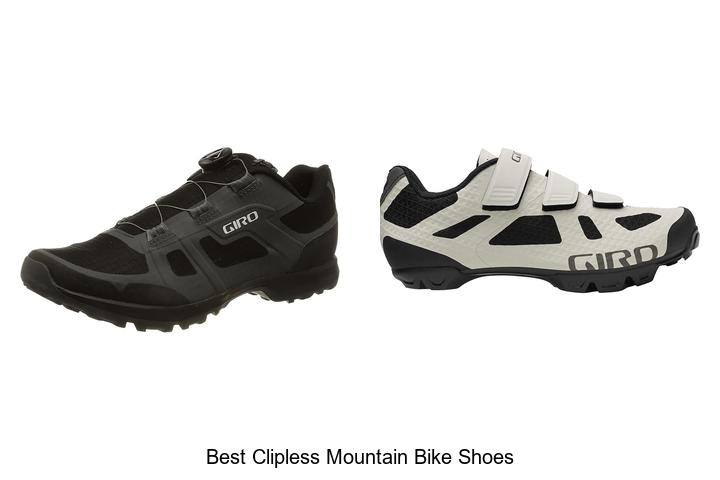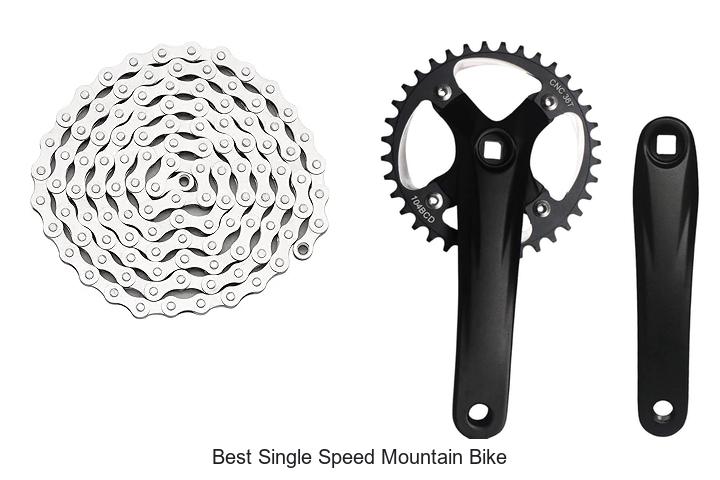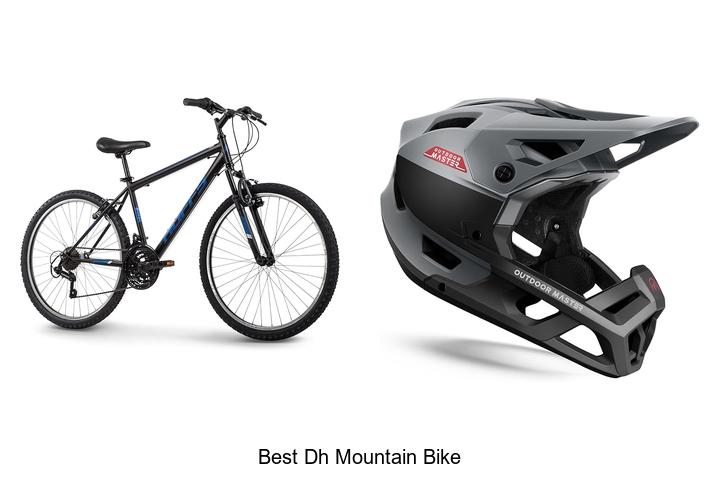What PSI for Mountain Bike Tires: Best Pressure for Every Trail
Key Takeaways
- Proper mountain bike tire PSI balances grip, comfort, and performance, tailored to terrain and riding style.
- Rider weight, tire width, tread type, and trail conditions all influence the ideal tire pressure.
- Cross-country tires typically run 30-40 PSI; downhill and enduro require 22-30 PSI; fat bikes use 5-15 PSI.
- Tubeless tires allow running 2-5 PSI lower than tubes, enhancing traction and puncture resistance.
- Always use a reliable pressure gauge and adjust PSI before rides to match trail conditions and rider needs.
- Avoid overinflation and underinflation to prevent poor handling, flats, and tire damage.
Choosing the right PSI for your mountain bike tires can make all the difference in your ride. Whether you’re hitting rocky trails or smooth dirt paths, tire pressure affects your bike’s grip, comfort, and performance. Getting it right helps you avoid flats and improves control.
You might wonder what PSI range suits your riding style and terrain best. It’s not just about pumping your tires to the max or keeping them too soft. Finding the perfect balance ensures you get the most from every trail. Let’s explore how to dial in your mountain bike tire pressure for a smoother, safer, and faster ride.
Understanding PSI and Its Importance for Mountain Bike Tires
PSI (pounds per square inch) measures the air pressure inside your mountain bike tires. Knowing what PSI means and how it affects your ride helps you choose the best pressure for different trails and conditions.
What Does PSI Mean?
PSI indicates the amount of air pressure in your tire, showing how much force the air exerts on each square inch of the tire’s inner surface. Higher PSI means more air pressure, which makes the tire firmer. Lower PSI means less pressure, making the tire softer and more flexible. Manufacturers print recommended PSI ranges on tire sidewalls to help you find a starting point.
How PSI Affects Mountain Bike Performance
Tire pressure shapes your bike’s grip, comfort, and rolling resistance. Higher PSI reduces the tire’s contact patch, increasing speed on smooth trails but reducing traction on loose or rocky terrain. Lower PSI increases the contact patch for better grip and shock absorption but raises the risk of pinch flats from sharp impacts. Balancing PSI involves adjusting for your weight, tire width, terrain, and riding style to maintain control and efficiency.
Factors Influencing the Ideal PSI for Mountain Bike Tires
Choosing the right PSI depends on various factors that affect tire performance and ride quality. Understanding these elements helps you fine-tune tire pressure for different conditions and personal needs.
Rider Weight and Riding Style
Heavier riders require higher PSI to prevent tire squashing and rim damage, while lighter riders benefit from lower PSI for better traction and comfort. Aggressive riding demands firmer tires to handle impacts, but smoother riding allows softer tires that absorb bumps effectively.
Tire Width and Tread Type
Wider tires need less PSI since their larger volume spreads pressure more evenly, improving grip. Narrow tires require higher PSI to avoid excessive flex. Aggressive tread patterns work better with slightly lower PSI for enhanced traction, while smoother treads perform well at higher PSI for speed.
Terrain and Trail Conditions
Rocky or root-filled trails call for lower PSI to increase tire contact and absorb shocks. Hardpack or paved surfaces require higher PSI to reduce rolling resistance and maintain speed. Wet or muddy conditions benefit from lower PSI, improving tire bite and control.
Recommended PSI Ranges for Different Mountain Biking Scenarios
Adjusting your tire pressure based on your riding scenario enhances control, traction, and comfort. The following PSI ranges match common mountain biking styles and equipment, helping you tailor your setup precisely.
Cross-Country and Trail Riding
Aim for 30-40 PSI on cross-country and trail bikes with standard 2.1-2.3 inch tires. This range balances efficiency and traction on mixed terrain. Increase pressure near 40 PSI for hardpack or smooth trails to reduce rolling resistance. Lower pressure around 30 PSI suits looser dirt and moderate technical sections to improve grip. Adjust within this range according to rider weight: heavier riders add 2-5 PSI for support, lighter riders subtract similarly for added compliance.
Downhill and Enduro Riding
Set your downhill and enduro bike tires between 22-30 PSI with wider tires (2.3-2.5 inches or more). Lower pressures in this range absorb shocks on rocky descents and steep terrain while maintaining traction. Pressure closer to 30 PSI fits smoother trails with fewer obstacles, optimizing roll speed. Use pressures near 22 PSI for aggressive tech sections or loose surfaces to maximize contact patch and control. Include rider weight to fine-tune: heavier riders push toward higher PSI, lighter riders toward lower PSI without risking rim strikes.
Fat Bikes and Tubeless Tires
For fat bikes, tire pressure typically ranges from 5 to 15 PSI, exploiting their wide tires (3.8 inches and above) for exceptional flotation on snow, sand, or mud. Fat bikes benefit from the lowest pressures without rim damage, usually 8-12 PSI for mixed conditions. Tubeless tires on both fat and standard mountain bikes allow you to run 2-5 PSI lower than tube setups because of improved puncture resistance and bead seal, enhancing grip without increasing flats. Experiment within these lower ranges to find your ideal balance between traction and rolling efficiency.
How to Properly Measure and Adjust Tire PSI
Accurate measurement and proper adjustment of your mountain bike tire PSI ensure optimal performance and safety. Follow precise steps to gauge pressure and modify it according to changing trail conditions.
Using a Tire Pressure Gauge
Use a reliable tire pressure gauge to get an exact PSI reading. Remove the valve cap, press the gauge firmly onto the valve stem, and hold it steady until the gauge displays the pressure. Avoid quick taps that cause inaccurate results. Choose a digital or analog gauge with a PSI range covering typical mountain bike pressures (10-60 PSI). Check tire pressure before every ride to maintain consistent performance.
Adjusting PSI for Varying Conditions
Adjust PSI based on terrain, rider weight, and tire width. Lower PSI (around 22-30) suits loose, rocky, or muddy trails to increase traction and absorb shocks. Higher PSI (30-40) fits hardpack or smooth terrain to reduce rolling resistance. Increase PSI by 1-2 points if you carry heavy gear or ride aggressively. Lower PSI for wider tires, and raise it for narrower tires to prevent sidewall damage. Recheck PSI after adjustments to confirm accuracy before heading out.
Common Mistakes and Tips for Optimal Tire Pressure
Maintaining the correct tire pressure avoids common errors that reduce performance and increase damage risk. Understanding typical mistakes and best practices helps you optimize your mountain bike tires for any trail.
Overinflating and Underinflating Tires
Overinflating tires causes a harsh ride and reduces traction by minimizing the tire’s contact patch. It increases the chance of bouncing over rocks and roots, compromising control. Underinflating tires leads to excessive tire squirm and risks pinch flats from rim strikes. It also causes faster tire wear and potential bead damage. You optimize tire performance by staying within recommended PSI ranges and adjusting pressure according to terrain and rider weight.
Maintaining Consistent Tire Pressure
You improve ride quality and tire longevity by checking tire pressure before every ride with a reliable gauge. Regularly monitoring PSI compensates for gradual air loss that occurs naturally over time. Using a high-quality floor pump with a pressure gauge ensures accurate inflation. If you often ride varying terrains, carry a portable mini-pump or CO2 inflator to adjust pressure on the trail. Maintaining consistent tire pressure maximizes traction, comfort, and protection against flats.
Conclusion
Getting your mountain bike tire pressure right makes a huge difference in how your bike handles and feels on the trail. By paying attention to your weight, terrain, and tire type, you can dial in the PSI that gives you the best balance of grip, comfort, and speed.
Regularly checking and adjusting your tire pressure ensures you avoid flats and enjoy smoother rides. With a little practice, you’ll quickly learn how to tweak your PSI for any trail condition, helping you ride safer and perform better every time you hit the dirt.


